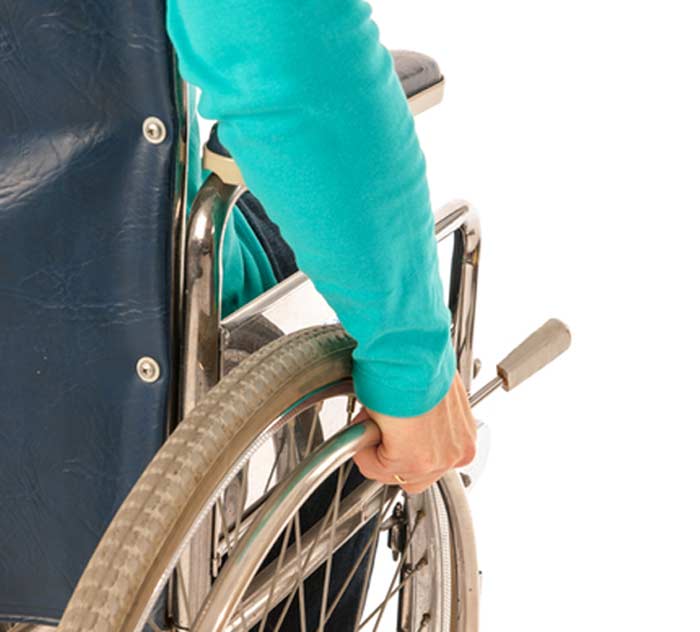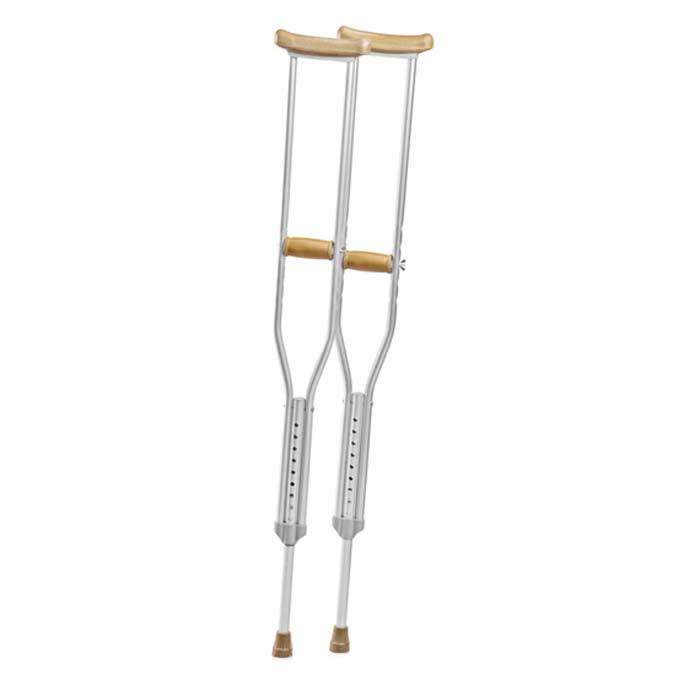
After having a part of your body surgically removed, you may have some painful, unpleasant or strange sensations to deal with.
Most people will have to deal with some kind of pain or weird sensation after having a surgical procedure completed. This is typical of the healing process while your tissues are repairing themselves. However, for those that have had to undergo an amputation, there can oftentimes be worse symptoms to deal with after the fact.
For some, phantom limb pain is very difficult to wrap their head around. Amputation is usually a necessary procedure after certain types of traumas or the progression of medical conditions. Patients who have had to deal with diabetes, vascular disease and certain types of tumors may have to get an amputation surgery.
There are different types of amputation sensations such as phantom limb pain, phantom limb sensations and residual limb pain. The success of each post-amputation therapy depends on the level of pain occurring and the techniques being used.
Options For Dealing With Phantom Sensations
Mirror Box Therapy- This is a specific form of therapy where patients watch their movements in a mirror during their physical training. The purpose of this therapy is to help remap the neural pathways in the brain to help it register there is no longer a limb there.
Local Injection Therapy– This involves a doctor injecting a local pain medication into the amputation site. This will help to calm the painful signals which are being sent to the brain by the nerve endings where the amputated limb was.


Non-Opiate Analgesic– This type of medication is to help with amputation pain by slowing or limiting the signals sent to the brain by the painful nerves at the amputation site.
Deep Brain Stimulation– This therapy technique involves a surgeon placing small electrodes onto the brain to help calm the amputation pain with electrical impulses.
Nerve Cuff Stimulation– This type of technique involves a physician placing a nerve stimulator onto the nerves which are traveling to the area where the amputation occurred. The nerve stimulator looks like the wrapper on a straw, but it is only a couple centimeters in length. Inside of the stimulator is a small electrode encasing the nerve ending itself.
Instead of the electrode blocking the signals from the nerve endings, it sends a more pleasant signal through the nerves. The cuff is able to be controlled remotely by patients as they need the relief. When they begin to feel pain or discomfort, they can activate the impulses in the stimulator. Pressing the button will deliver an undetectable electrical stimulation that will replace the sensation of pain as it is sent to the brain.
Anyone who has had an amputation and feels any type of phantom sensation should discuss therapy options with their doctor. Early treatment of any phantom pain will be easier to treat and have more lasting results. Pain management experts can work with amputees to help solve their pain issues and keep them from reoccurring in the future.
